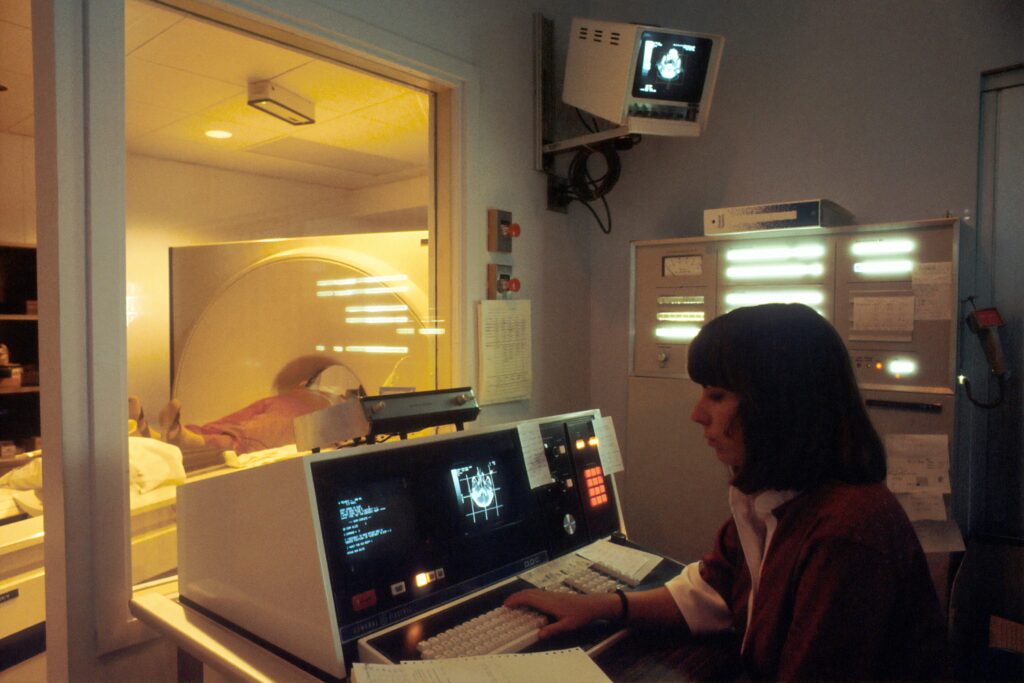Introduction:
In the complex world of healthcare, radiology practices face unique challenges regarding billing and reimbursement. From evolving regulations to the intricacies of coding guidelines, staying on top of billing practices is crucial for maintaining a successful radiology business. In this blog post, we’ll delve into the various reimbursement challenges in radiology billing and provide valuable insights to help you navigate them effectively.
1. Understanding Coding Guidelines
Radiology procedures are classified using specific Current Procedural Terminology (CPT) and International Classification of Diseases (ICD-10) codes. Understanding these coding guidelines thoroughly is essential to ensuring accurate billing. For instance, knowing when to use modifiers like -59 (distinct procedural service) or -25 (significant, separately identifiable evaluation and management service) can greatly impact reimbursement.
2. Dealing with Prior Authorization
Many radiology procedures require prior authorization from insurance companies before being performed. Navigating this process can be time-consuming and challenging. We’ll discuss strategies for streamlining it and increasing the likelihood of approval.
3. Medicare vs. Private Insurance Billing
Billing procedures differ between Medicare and private insurance companies. Understanding these differences is crucial for maximizing reimbursement. We’ll highlight critical variations and offer tips for navigating both systems effectively.
4. Managing Denials
Denied claims can significantly impact revenue and cash flow. We’ll provide strategies for managing denials, including best practices for appealing denied claims and minimizing future denials.
5. Compliance with Regulations
Radiology practices must adhere to various regulations, including HIPAA and Stark Law, to avoid penalties and ensure ethical billing practices. We’ll discuss the importance of compliance and offer tips for staying compliant.
6. Leveraging Technology
Billing software can streamline the billing process and improve accuracy. We’ll review popular billing software options for radiology practices, comparing features and benefits to help you choose the right solution for your practice.
7. Telemedicine in Radiology Billing
Telemedicine is increasingly being used in radiology for remote interpretation of images and consultations. We’ll explore the billing requirements for telemedicine services and how to ensure proper reimbursement.
8. Value-Based Care and Radiology Billing
With the shift towards value-based care models, radiology practices are pressured to demonstrate value and outcomes. We’ll discuss the implications of value-based care on radiology billing and strategies for adapting to this changing landscape.
Navigating reimbursement challenges in radiology billing requires a thorough understanding of coding guidelines, payer requirements, and compliance regulations. By staying informed and implementing best practices, radiology practices can optimize their revenue cycle and ensure financial stability in an increasingly complex healthcare environment.




